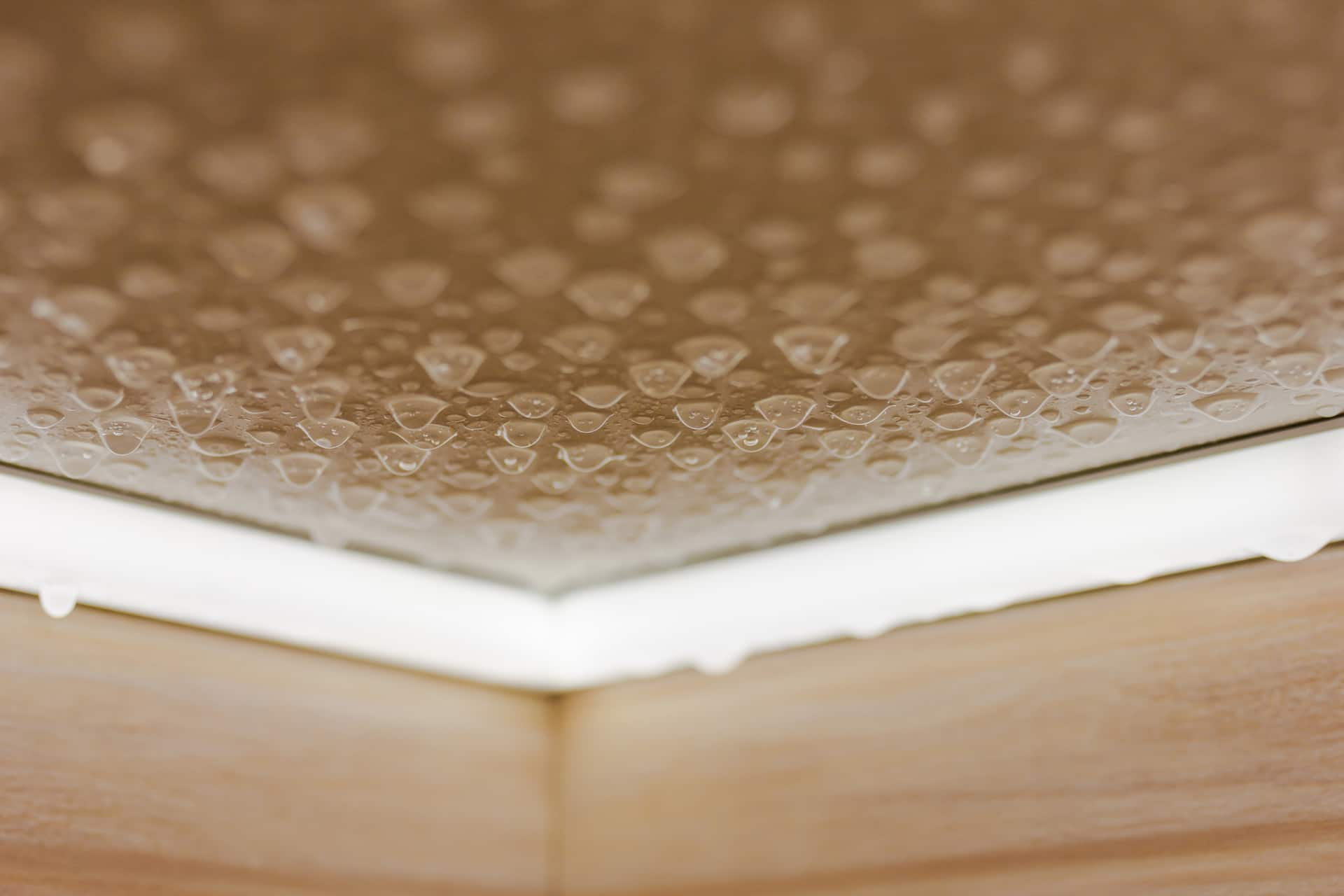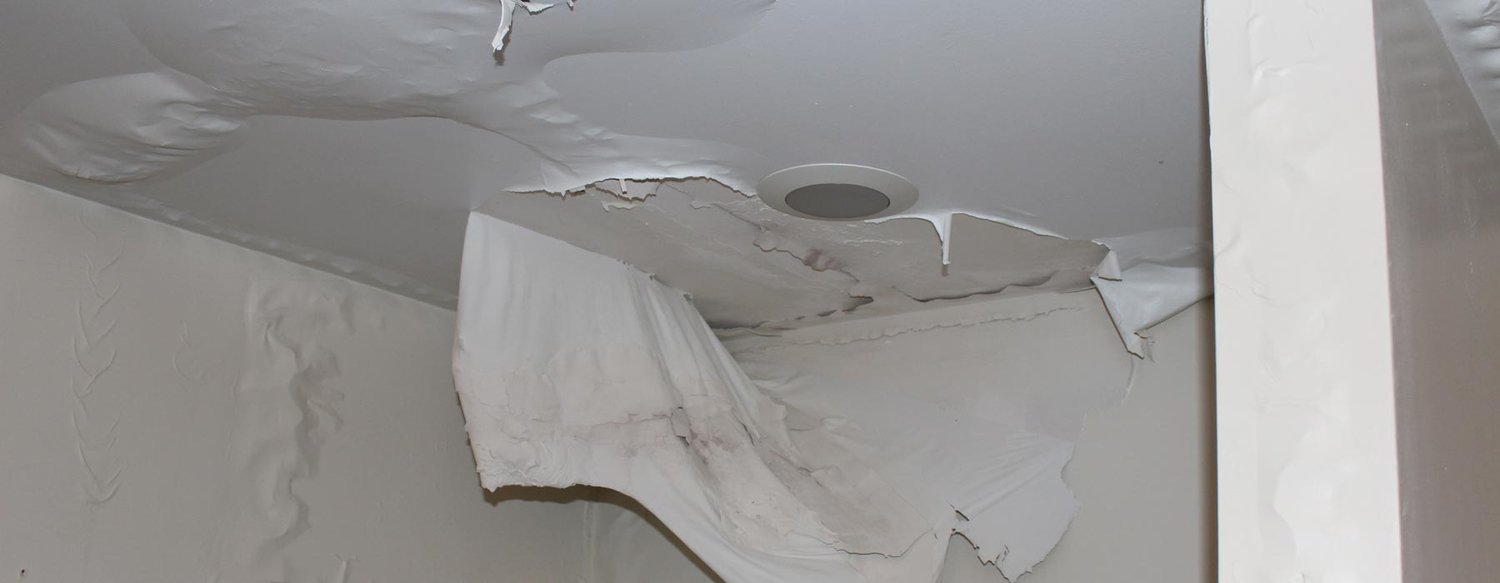Do's & Don'ts of Water Restoration.
Do's & Don'ts of Water Restoration.
Blog Article
Listed here in the next paragraph you might get a good deal of amazing advice relating to How To Prevent Fire And Water From Ruining Your Holiday Season.

Water provides life, however water invasion on some components where it's not intended to be can result in damage as well as hassle. In addition, houses with water damages odor stuffy and also old.
Water can originate from lots of sources like typhoons, floodings, burst pipes, leaks, and also sewage system problems. If you have water damage, it's better to have a functioning knowledge of security preventative measures. Right here are a few standards on just how to handle water damage.
Do Prioritize Home Insurance Coverage Protection
Seasonal water damages can originate from floods, seasonal rainfalls, and also wind. There is likewise an incident of a sudden flooding, whether it originated from a damaged pipe that unexpectedly breaks right into your home. To shield your home, get home insurance that covers both acts of God such as natural tragedies, and emergencies like busted plumbing.
Don't Fail To Remember to Shut Off Utilities
When catastrophe strikes and you're in a flood-prone area, turn off the major electric circuit. Turning off the power stops
electric shocks when water comes in as water functions as a conductor. Don't neglect to turn off the primary water line valve as a means to stop even more damage.
If the floodwaters are obtaining high, keep your furniture secure as they can walk around as well as trigger added damage.
Do Stay Proactive as well as Heed Climate Alerts
If you live in a location tormented by floods, stay proactive and also prepared at all times. Pay attention to the news and also emptying cautions if you live near a body of water like a creek, lake, or river .
Don't Ignore the Roof
Prior to the weather condition turns terrible and also for the worse, do a roof covering evaluation. A better practice is to have an annual roof examination to mitigate future troubles and also complex problems. A great roof covering without leakages and holes can be a great guard versus the rain and a tool to stay clear of rain damages. Your roofing professional must deal with the malfunctioning gutters or any other indicators of damage or weakening. An assessment will certainly avoid water from streaming down your wall surfaces and also saturating your ceiling.
Do Take Note Of Little Leakages
A burst pipe does not take place in a vacuum or overnight. There are red flags that can draw your focus and suggest to you some damaged pipes in your house. Indicators of red flags in your pipes consist of gurgling paint, peeling wallpaper, water streaks, water discolorations, or dripping noises behind the wall surfaces. There are indications that the pipeline will burst. If you see these indicators, do not wait for an acceleration. Fixing and check your plumbing fixed prior to it results in large damages to your residence, finances, as well as a personal nightmare.
Don't Panic in Case of a Burst Pipe
Timing is essential when it comes to water damage. If a pipe ruptureds in your house, right away shut off your primary water valve to cut off the resource as well as avoid more damages. Call a credible water damages repair professional for assistance.
Water gives life, yet water breach on some parts where it's not meant to be can result in damages and trouble. In enhancement, homes with water damages odor moldy and also old.
Seasonal water damage can come from floods, seasonal rainfalls, and also wind. Signs of red flags in your pipes include bubbling paint, peeling off wallpaper, water touches, water discolorations, or dripping noises behind the walls. If a pipeline ruptureds in your residence, right away closed off your major water shutoff to cut off the source and stop even more damages.
Some Do's & Don't When Dealing with a Water Damage
DO:
Make sure the water source has been eliminated. Contact a plumber if needed. Turn off circuit breakers supplying electricity to wet areas and unplug any electronics that are on wet carpet or surfaces Remove small furniture items Remove as much excess water as possible by mopping or blotting; Use WHITE towels to blot wet carpeting Wipe water from wooden furniture after removing anything on it Remove and prop up wet upholstery cushions for even drying (check for any bleeding) Pin up curtains or furniture skirts if needed Place aluminum foil, saucers or wood blocks between furniture legs and wet carpet Turn on air conditioning for maximum drying in winter and open windows in the summer Open any drawers and cabinets affected for complete drying but do not force them open Remove any valuable art objects or paintings to a safe, dry place Open any suitcases or luggage that may have been affected to dry, preferably in sunlight Hang any fur or leather goods to dry at room temperature Punch small holes in sagging ceilings to relieve trapped water (don't forget to place pans beneath!); however, if the ceiling is sagging extremely low, stay out of the room and we'll take care of it DO NOT:
Leave wet fabrics in place; dry them as soon as possible Leave books, magazines or any other colored items on wet carpets or floor Use your household vacuum to remove water Use TV's or other electronics/appliances while standing on wet carpets or floors; especially not on wet concrete floors Turn on ceiling fixtures if the ceiling is wet Turn your heat up, unless instructed otherwise

As a keen reader on Simple Solutions To Preventing Fire And Water Damage To Your Home, I think sharing that post was important. Are you aware of somebody who is enthusiastic about the topic? Why not promote it. Many thanks for your time spent reading it.
Report this page